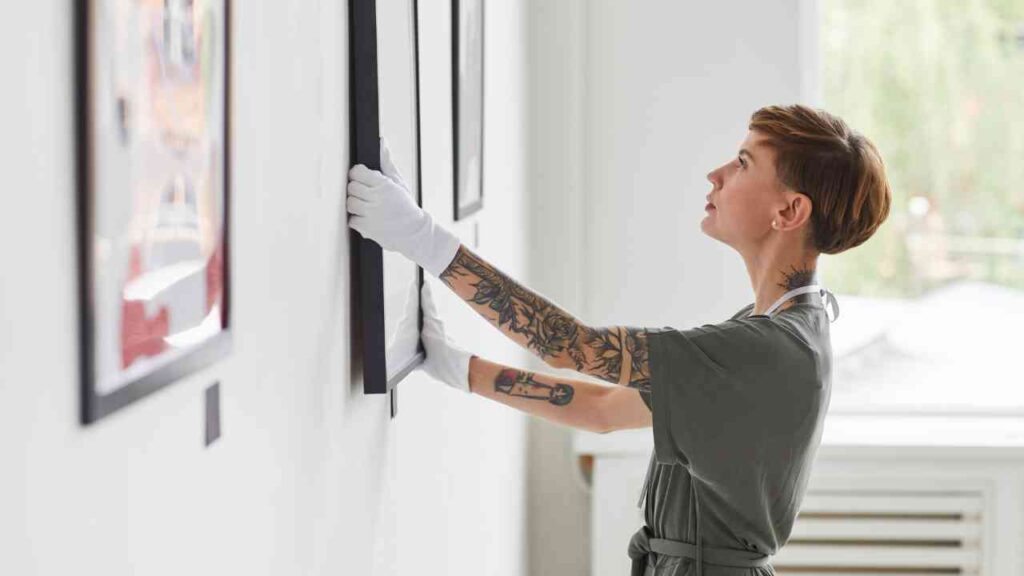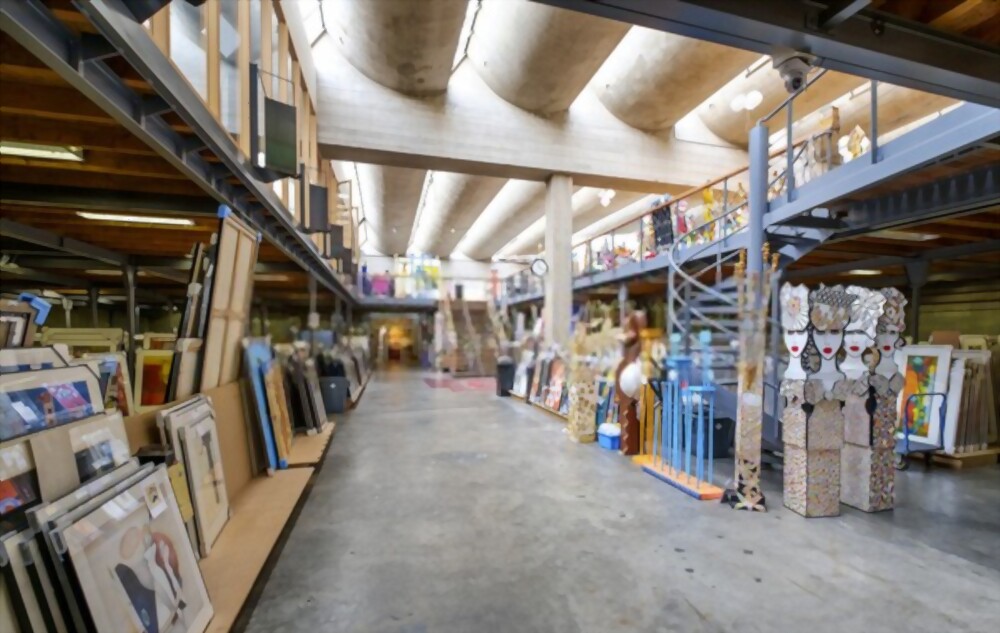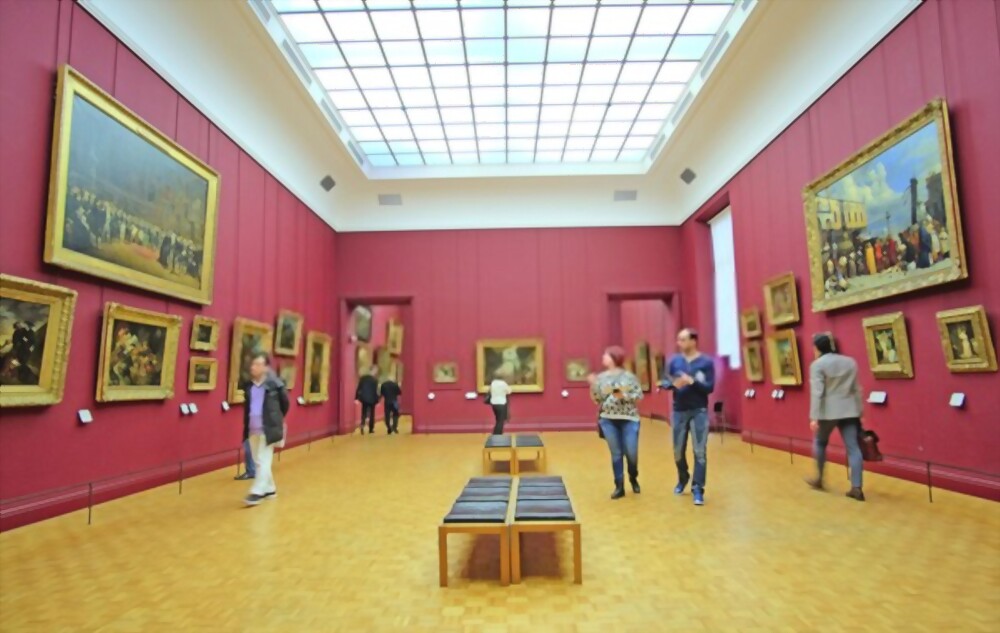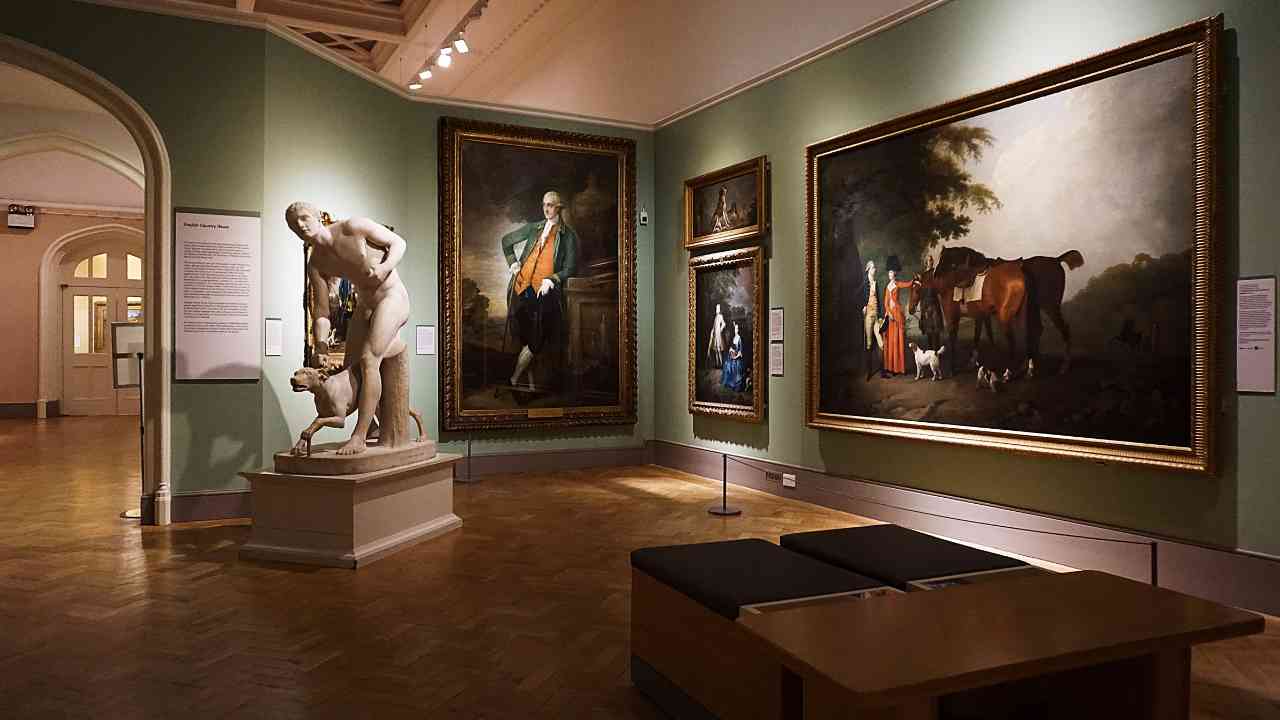let’s find out how to ensure the painting’s value won’t decrease with time.
Art is not only a form of self-expression but also an investment. Understanding how to preserve and enhance the value of a painting can benefit artists, collectors, and anyone interested in art. Let’s delve into the factors that can affect a painting’s value and discuss ways to safeguard its worth.
Factors Affecting Painting Value

Several factors contribute to the value of a painting. By understanding these elements, you can make informed decisions to protect and potentially increase its value.
Artist Reputation
The reputation of the artist plays a crucial role in determining the value of a painting. Acclaimed artists with established careers and recognized artistic contributions often command higher prices for their work. Investing in paintings by renowned artists can be a strategic way to preserve value.
Artistic Style
Artistic style, uniqueness, and innovation are vital considerations when assessing a painting’s worth. Paintings that exhibit a distinct style or belong to a particular artistic movement may be highly sought after by collectors and art enthusiasts, thus maintaining or appreciating in value over time.
Historical Significance
Paintings that hold historical significance tend to retain or increase their value. Artworks that depict significant events, periods, or influential figures have the potential to become sought-after artifacts, attracting interest from museums, institutions, and private collectors.
Condition and Authenticity
The condition and authenticity of a painting are paramount to its value. Proper storage, handling, and maintenance are crucial to preserving a painting’s condition. Additionally, thorough research and authentication processes help ensure the artwork’s credibility, guarding against forgeries and bolstering its value.
Provenance
The history of ownership, or provenance, can significantly impact a painting’s value. Paintings with well-documented and prestigious provenance are often regarded as more valuable. Collectors and buyers are willing to pay a premium for artworks with an illustrious lineage.
Preservation and Maintenance

Preserving a painting’s condition is essential to prevent its value from diminishing over time. Here are some practices to consider:
Proper Handling and Storage
When handling a painting, always use gloves to avoid leaving fingerprints or oils on the surface. Store paintings in climate-controlled environments with stable humidity and temperature levels, protecting them from excessive heat, moisture, or direct sunlight. Furthermore, ensure they are stored upright or flat, away from potential hazards or harmful substances.
Conservation and Restoration
Engaging professional conservators can help address any existing damage or deterioration in a painting. Restoration techniques can revive and enhance the artwork while maintaining its authenticity. However, it is crucial to work with reputable conservators experienced in preserving paintings to avoid any negative impact on their value.
Climate Control

Maintaining optimal climate conditions is vital for preserving paintings. Fluctuations in humidity and temperature can cause irreversible damage, such as cracking or warping of the canvas. Investing in climate control systems or utilizing dehumidifiers and humidifiers can help stabilize the environment and protect paintings from these harmful effects.
Documentation and Appraisal
Proper documentation and appraisal are crucial for assessing and safeguarding a painting’s value. Here are a few important steps to take:
Cataloging and Archiving
Maintain a detailed catalog of each painting, including essential information such as the artist, date, medium, dimensions, and provenance. High-quality photographs or digital scans should accompany the catalog to provide visual records of the artwork. Organizing and archiving this information is invaluable for tracking a painting’s history and establishing its authenticity.
Appraisal and Insurance
Periodic appraisals by qualified professionals help determine the current value of a painting. These appraisals are crucial for insurance purposes, as they ensure that the artwork is adequately covered against damage, theft, or loss. Consult an experienced art appraiser to obtain accurate and up-to-date evaluations.
Building Reputation and Demand
Increasing the reputation and demand for a painting can positively influence its value. Consider the following strategies:
Exhibitions and Art Fairs
Participating in exhibitions and art fairs can expose a painting to a broader audience, attracting potential buyers and increasing its desirability. Artistic events provide valuable networking opportunities and can contribute to the reputation and recognition of the artist and their work.

Collectors and Museums
Establishing relationships with collectors and museums can significantly enhance a painting’s value. Collaborating with reputable art galleries or agents who can connect artists with collectors and curators is an effective way to increase exposure and establish credibility within the art community.
Online Presence
Leverage the power of the internet to showcase and promote paintings. Create a professional website or utilize online art platforms to reach a global audience. Engage with art enthusiasts through social media, sharing the creative process and behind-the-scenes insights, fostering a connection that can contribute to the perceived value of the artwork.
Conclusion
Preserving and increasing the value of paintings requires a multifaceted approach. By understanding the factors that influence value, implementing proper preservation and maintenance practices, documenting artwork, and building reputation and demand, artists and collectors can ensure that their paintings maintain or appreciate in value over time.



